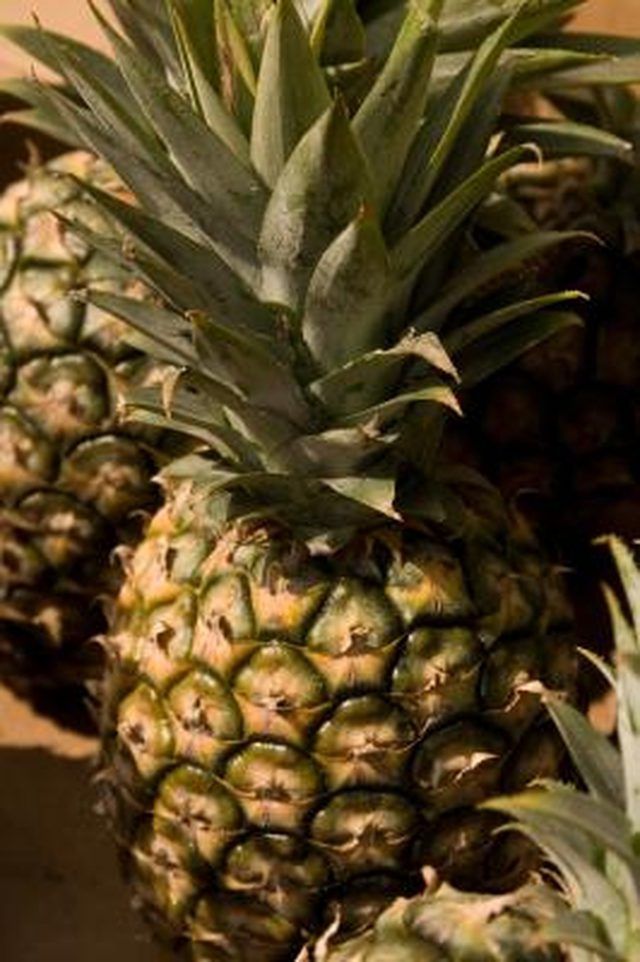Bulbs
Flower Basics
Flower Beds & Specialty Gardens
Flower Garden
Garden Furniture
Garden Gnomes
Garden Seeds
Garden Sheds
Garden Statues
Garden Tools & Supplies
Gardening Basics
Green & Organic
Groundcovers & Vines
Growing Annuals
Growing Basil
Growing Beans
Growing Berries
Growing Blueberries
Growing Cactus
Growing Corn
Growing Cotton
Growing Edibles
Growing Flowers
Growing Garlic
Growing Grapes
Growing Grass
Growing Herbs
Growing Jasmine
Growing Mint
Growing Mushrooms
Orchids
Growing Peanuts
Growing Perennials
Growing Plants
Growing Rosemary
Growing Roses
Growing Strawberries
Growing Sunflowers
Growing Thyme
Growing Tomatoes
Growing Tulips
Growing Vegetables
Herb Basics
Herb Garden
Indoor Growing
Landscaping Basics
Landscaping Patios
Landscaping Plants
Landscaping Shrubs
Landscaping Trees
Landscaping Walks & Pathways
Lawn Basics
Lawn Maintenance
Lawn Mowers
Lawn Ornaments
Lawn Planting
Lawn Tools
Outdoor Growing
Overall Landscape Planning
Pests, Weeds & Problems
Plant Basics
Rock Garden
Rose Garden
Shrubs
Soil
Specialty Gardens
Trees
Vegetable Garden
Yard Maintenance
Bromeliad Facts
Bromeliad Facts. Bromeliads are an exotic flower that typically grows well in the neotropic zone, which includes South and Central America, Mexico, the Caribbean and southern Florida. The flower also grows in Africa, though this species is not a native plant.

Bromeliads are an exotic flower that typically grows well in the neotropic zone, which includes South and Central America, Mexico, the Caribbean and southern Florida. The flower also grows in Africa, though this species is not a native plant.
Types
Bromeliads include about 2,700 species, with the most well-known the pineapple. Flowers are red, orange, purple or blue.
Features
A bromeliad can grow in soil, on rocks and in other plants and trees. Because the plant can gather nutrients and moisture from its surrounding atmosphere, the plant has the nickname "air plant."
Facts
Rainwater collection is natural for the bromeliad due to its large waxy leaves that often look like a bowl. Frogs, tadpoles, snails, beetles and salamanders tend to make their home in bromeliads, creating a miniature ecosystem.